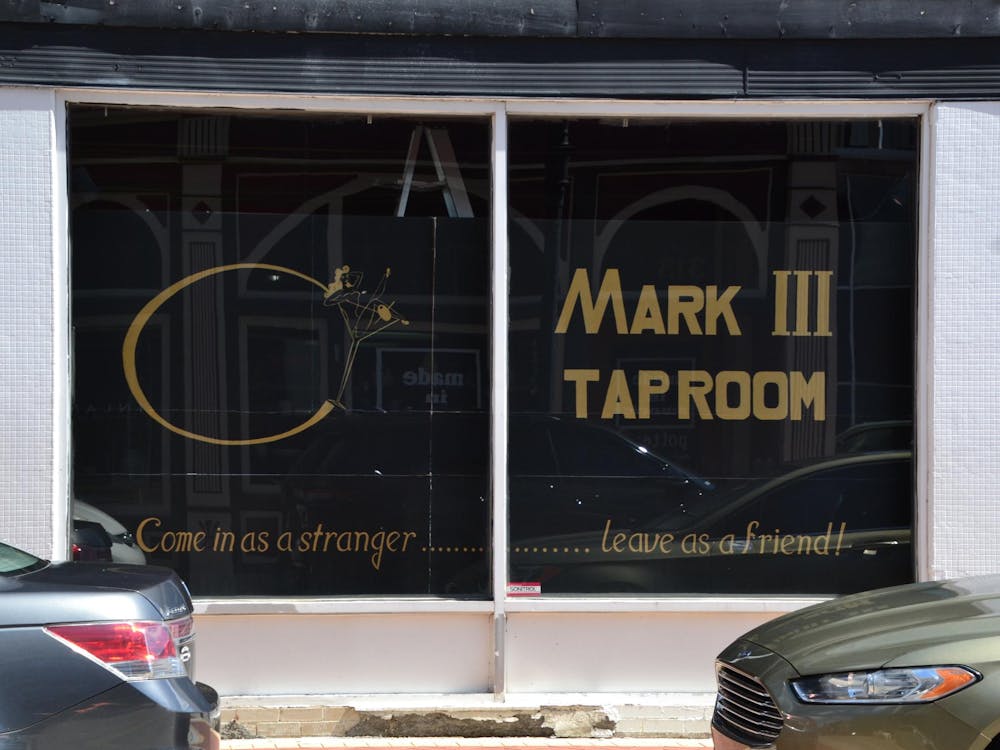Human trafficking indicators
Here’s a brief list of key red flags of a potential victim of sex trafficking:
Living with an employer
Poor living conditions
Multiple people in a cramped space
Inability to speak to an individual alone
Answers appear to be scripted and rehearsed
Employer is holding identity documents
Signs of physical abuse
Submissive or fearful
Unpaid or paid very little
Under 18 and in prostitution
Contact law enforcement if a person has been identified as a victim.
If they have already escaped their situation, the National Human Trafficking Resource Center has resources on where to direct them to get help.
Source: State Department
• Indianapolis has continued to fight human trafficking two years after hosting the Super Bowl, which raised awareness.
• The city, which previously had little interaction with the sex trade, now makes around two arrests a month.
• The arrests consistently hit roadblocks when victims don’t testify or return to the charge.
Arrests for sex trafficking in Indianapolis have increased in the years after the city hosted the 2012 Super Bowl.
The preparation for the event allowed the Indiana Protection for Abused and Trafficked Humans Task Force, in conjunction with other anti-human trafficking organizations, to provide appropriate training and resources to law enforcement and other parties for identifying and helping victims of human trafficking.
Police officers, hotel service workers, child protection services and other personnel were unable to properly identify instances of sex trafficking prior to the national football event. The groups contributed to 42 arrests in the two years after, according to the Indianapolis Metropolitan Police Department.
The office of the Indiana Attorney General defines sex trafficking as a segment of human trafficking where sex is commercialized regardless of the age of the worker.
Jon Daggy, a detective sergeant for the IMPD in the Human Trafficking Vice Unit, said the more than 40 arrests have been on charges of promoting prostitution. Currently, there are four cases in the Indiana court system.
“We see about a couple of cases a month,” he said. “Before the Super Bowl, we were hardly getting any. I credit the outreach [programs].”
The increase in arrests does not necessarily mean the amount of trafficking has gone down, but instead may be because of an increase in awareness.
“I would say even though there hasn’t been a change in overall numbers, the atmosphere around Indianapolis has changed because we can now take appropriate action,” Daggy said.
Though police experience greater success in arresting traffickers, keeping workers out of the trade remains a different story. Daggy said workers must rescue themselves.
“The cases fizzle out because the people we recover end up going back,” he said. “They end up going back to traffickers because of the dynamics of that life. ”
The arrests face another roadblock when the victims withdraw from the cases and don’t testify.
“They’re the ones who have to choose to face their traffickers in court,” he said. “No one can make that choice for them.”
Super Bowl XLVI acted as a springboard for the takeoff of awareness and training programs in combating human trafficking, Daggy said.
A Global Alliance Against Traffic In Women study from 2011 refutes that human trafficking increases at large sporting events. The study said this myth is a result of misinformation and stereotypes.
However, Daggy disagrees.
“Anytime there is a big event — sporting event or convention — human trafficking increases,” he said. “People that work in the human trafficking are migratory by nature.”
People involved in human trafficking tend to look for the largest events or population centers, he said.
The study by GAATW claims the media publish stories on this subject without solid evidence and create the hype surrounding the idea that large sporting events attract commercial sex.
“The media tend to sit on two extremes of the situation,” Daggy said. “Some overhype it while others say it’s not an issue. The truth is usually somewhere in the middle.”




